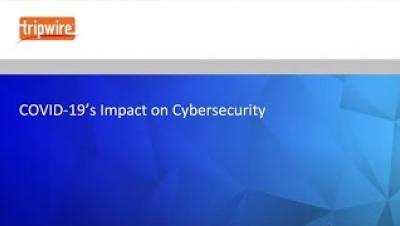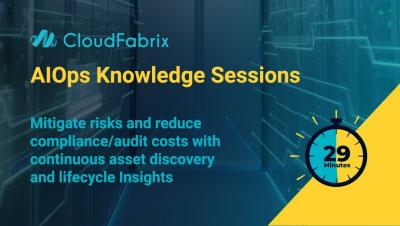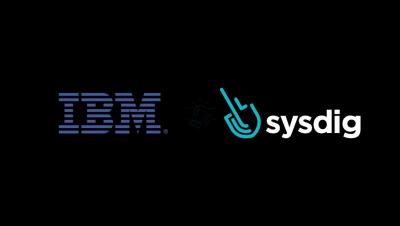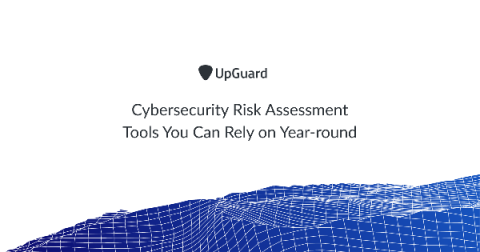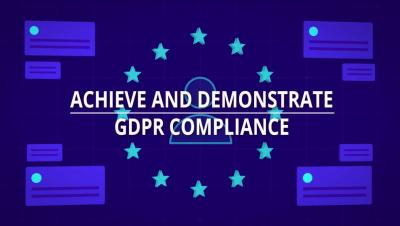Security | Threat Detection | Cyberattacks | DevSecOps | Compliance
%term
The MITRE ATT&CK Framework: What You Need to Know
The MITRE ATT&CK Framework has gained a lot of popularity in the security industry over the past year. I have spent a lot of time researching the hundreds of techniques, writing content to support the techniques, and talking about the value to anyone who will listen.
The COVID-19 Pandemic Dominates the Cybersecurity World
Cybersecurity is not a static world. You can say that it is a social system, it affects and is affected by its surrounding environment. For example, back in 2018, it was the GDPR that shook the foundations of security and privacy by making the protection of our personal data a fundamental human right. But that was then. What is shaping today’s cybersecurity? This is the question that the Infosecurity Magazine State of Cybersecurity 2020 report investigates.
Webinar: AIOps Outcome - Mitigate risks and reduce costs with lifecycle Insights
What are the Benefits of a Security Risk Assessment?
Being an important part of cyber security practices, security risk assessment protects your organization from intruders, attackers and cyber criminals. In this article, we will discuss what it is and what benefits it offers. A significant portion of our business processes heavily rely on the Internet technologies. That is why cyber security is a very important practice for all organizations. Making up a crucial part of cyber security, security risk assessment is a topic that must not be overlooked.
Cybersecurity for small business supply chain management
Small businesses are significant contributors to the economy. According to the U.S. Small Administration, they generate approximately 44% of the gross domestic product (GDP) in the U.S. However, small to medium enterprises (SMEs) are also frequently more vulnerable to the threats of our contemporary digital landscape.
Extending security and governance with Sysdig and IBM Cloud Pak for Multicloud Management
Cybersecurity Risk Assessment Tools You Can Rely on Year-round
Traditional cybersecurity risk management remediation efforts start with cybersecurity risk assessments and penetration testing. This commonly involved outsourcing to a consultant who would offer the assessment as a standalone service or as part of a larger risk management program. The issue is cyber risk assessments offered by third-parties only provide a point-in-time assessment of your (or your vendor's) security controls, an inaccurate measure of the true level of risk.


